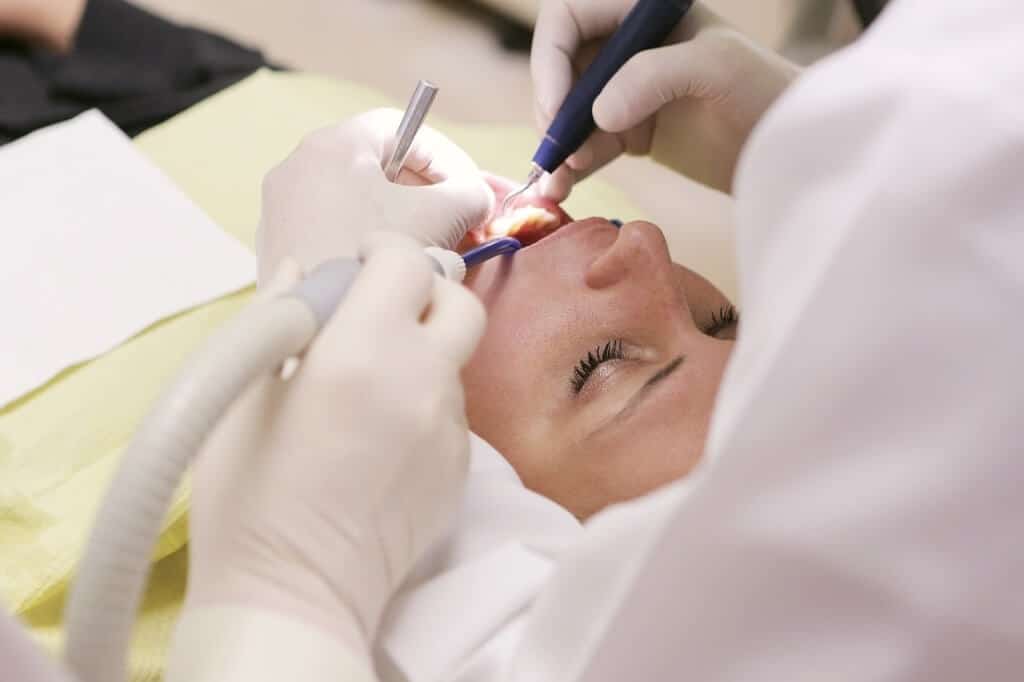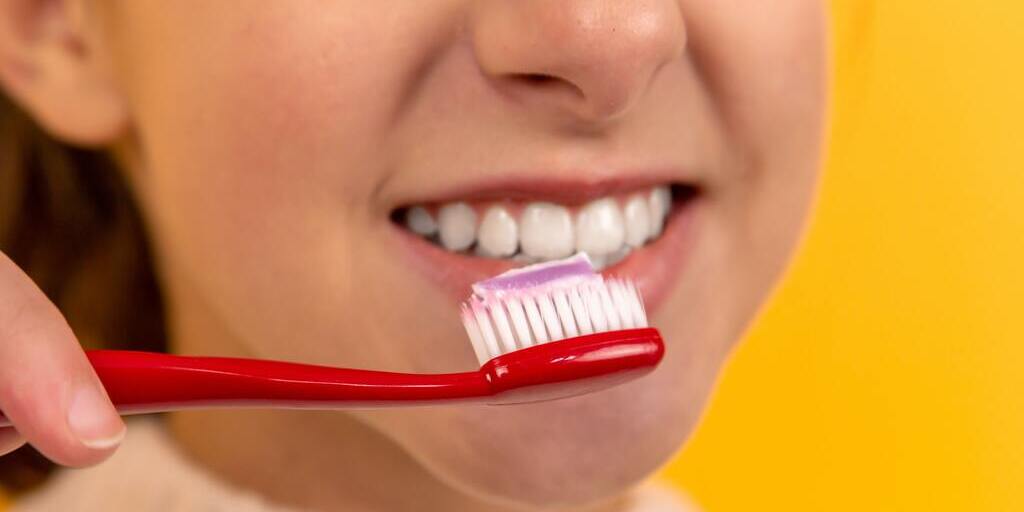The regular and systematic practice of good dental or, more precisely, oral hygiene, is the foundation of having and maintaining excellent oral health.
The dream of every dentist is to have patients who visit him only for prevention and oral health issues instead of complex cases that could well have been avoided by following simple oral hygiene instructions.
In this article we indicate in clear language the instructions you must follow to perform excellent oral hygiene.
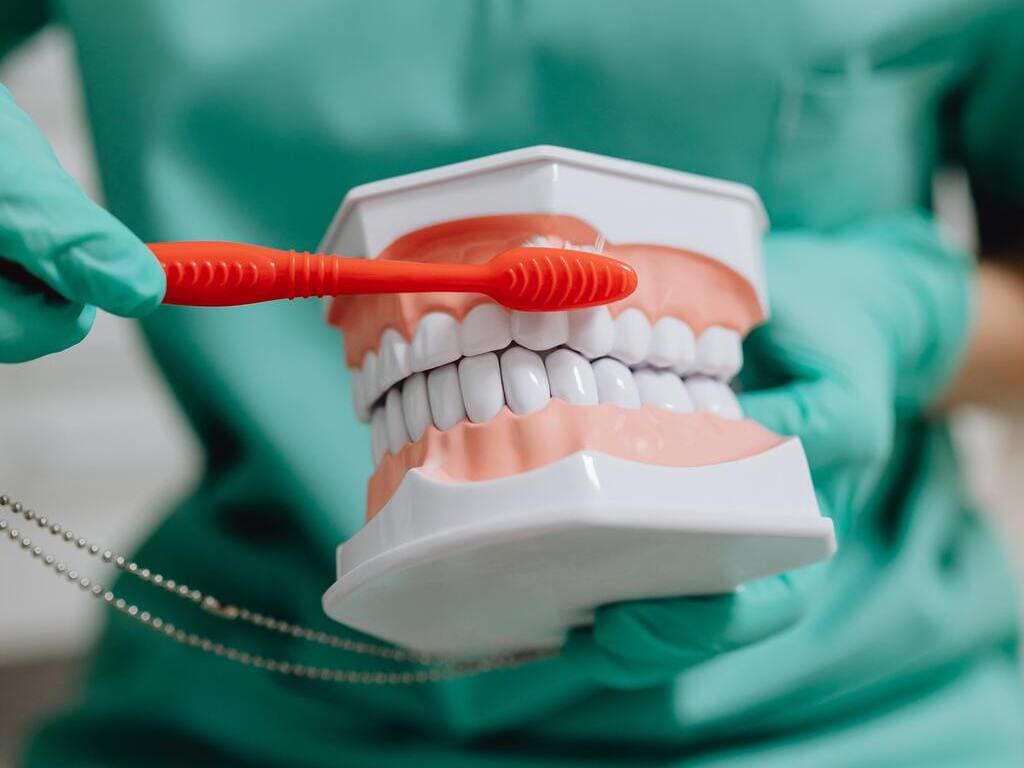
Table of Content
What is Dental or Oral Hygiene?
These are all those practices that aim to keep the oral cavity as clean as possible as a whole, this includes the teeth, the oral mucous membranes and the tongue.
Importance of Dental Hygiene
It is more than proven that proper dental hygiene saves you from problems such as:
- Dental caries or tooth decay
- Periodontal disease or pyorrhea

Proper oral hygiene is an essential component of a healthy lifestyle, in the same way as diet and exercise, and is necessary to reduce the global burden of disease for periodontal diseases.
Oral Hygiene Instructions
Type of Toothpaste
Before brushing your teeth, you need to know how to choose the right toothpaste with the right amount of fluoride.
According to the FDI recommendations, the fluoride concentration of the paste must be checked so that it does not exceed 1500 ppm
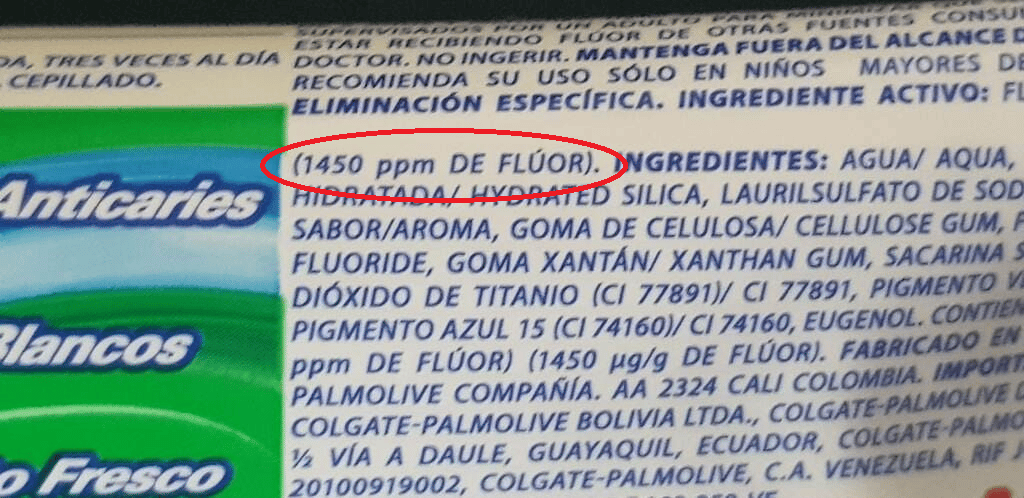
The Toothbrush
A manual or electric toothbrush should be used to achieve effective reduction of plaque and gingival inflammation
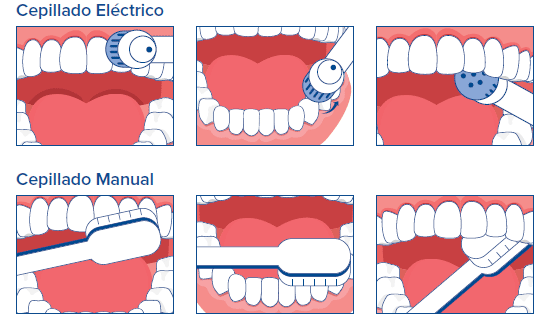
Toothbrush Head and Bristles
The active part (head) of the toothbrush should be small so that it does not hurt the gums or hit the teeth
Bristles should be soft and rounded so they don’t wear down the enamel or injure the soft tissues
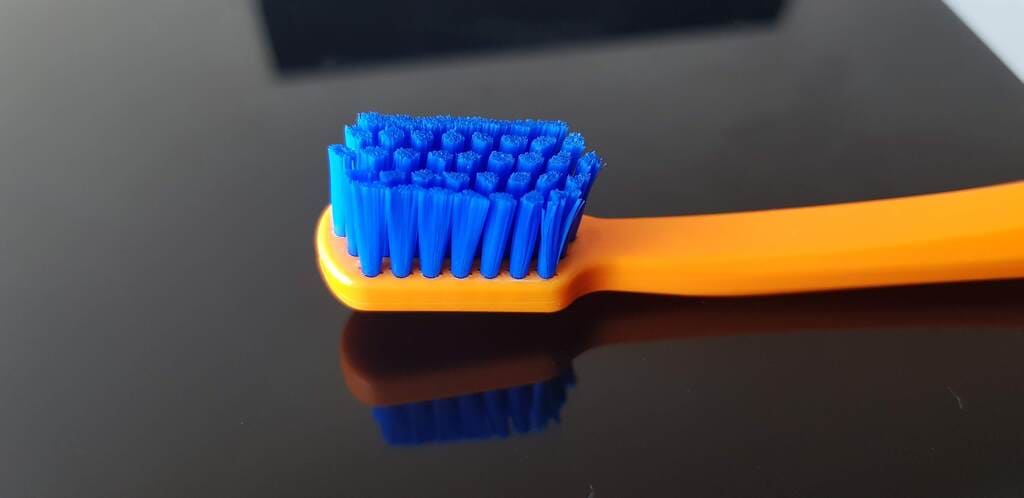
The Amount of Toothpaste
Another very important point is the amount of toothpaste. Many times we see in TV spots that they use an amount of toothpaste that covers the entire head and even beyond with an upward curve.
This misconception makes us instinctively use that amount which is exaggerated.
The ideal amount is approximately the size of a bean
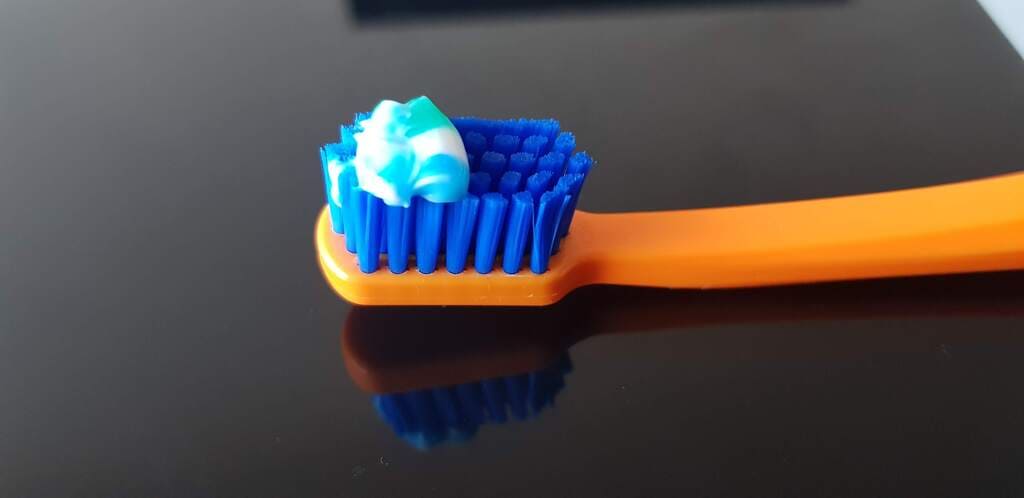
This amount is more than enough, as well as saving toothpaste by extending the duration of each tube and with this we reduce the amount of waste that is very difficult to recycle, such as toothpaste tubes.
Tooth Brushing
With the right cream and brush we can proceed to brush under the following parameters:
- Duration time: at least two minutes
- Number of brushings per day: at least twice
- Technique: one that ensures you do not leave teeth without brushing . At Asiri we recommend the modified Bass technique
- Brush at 45° towards the edge of the gum
- Every 2 to 3 teeth make between 10 and 20 movements very short vibratory (non-drag) ending in vertical sweeping motion
It is very important that this technique is applied to all the teeth, so it is advisable to be aware of each type of surface to be brushed and brush them thoroughly:
- External Surfaces
- Internal Surfaces
- Chewing Surfaces
At the end, please don’t forget to brush your tongue too.
Rinse or not rinse at the end of brushing?
This is a point that has recently generated controversy because even the FDI recommends NOT rinsing when end of brushing, recommending only spitting out excess toothpaste at the end of brushing.
This point is based on studies carried out and considering issues such as saving water and leaving toothpaste in contact with teeth for longer.
At Asiri (while the final recommendation is confirmed) we propose an intermediate scheme for people of legal age: rinse at the end of brushing and then introduce and leave a minimum amount of toothpaste in the mouth (smaller than a grain of rice)
Cleaning between the teeth
Interdental cleaning should be done daily with dental floss or interdental brushes in places with narrow interdental spaces
Adding dental floss to toothbrushing significantly reduces gingival inflammation from 37.7% to 15.9% in the first month of use, maintaining optimized overall oral health compared to toothbrushing alone. 1
Additional Measures
Additional measures can be taken depending on each patient, for example the use of special toothpastes or mouthwashes with clinically proven antiplaque or antigingivitis efficacy
It is very important to have your regular professional teeth cleaning every 6 months.
Conclusions
If you want to enjoy long-term oral health, don’t hesitate to follow these steps. They are simple practices that you can do yourself and that you should help us spread among all your acquaintances.
Oral diseases have a great impact on humanity and only with the dissemination and execution of oral hygiene practices can they be drastically reduced.
In the same way, you should always visit your dentist who will be more than happy to help you with these prevention issues because none of them wants to assist you in complex cases.
References
| 1. | Shamsoddin E. Dental floss as an adjuvant of the toothbrush helps gingival health. Evid Based Dent [Internet]. 2022;23(3):94-6. Disponible en: http://dx.doi.org/10.1038/s41432-022-0818-x |


